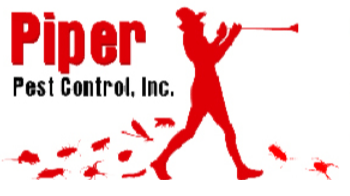How To Identify Pest & Termites
Welcome to our pest library. Here you will learn to identify common pests and termites that may invade your home or business.
Carpenter Ants
- Appearance: Carpenter ants are among the largest ants, ranging from 1/4- to 3/8-inch long. Most carpenter ants are black, but some have reddish or yellowish coloration.
- Habitat: Found both outdoors and indoors in moist, decaying, or hollow wood.
- Diet: Does not eat wood, but will feed on sweets, meats, and other insects.
- Other: Regardless of the age or type of construction, all buildings are vulnerable to infestation and damage by carpenter ants. They are challenging to control since colonies can contain up to 50,000 workers.

Fleas
- Appearance:
Fleas are small, wingless, and 1/12- to 1/6-inch long. They are covered in spines with piercing mouthparts.
- Habitat:
A parasite that attaches to a host.
- Diet:
Larvae feed on organic debris, particularly the feces of adult fleas, which contain undigested blood.
- Other:
Their powerful legs allow them to jump 7 to 8 inches vertically, and 14 to 16 inches horizontally. Fleas carry parasites and disease organisms to human and animal hosts.
Ticks
- Appearance: Adult ticks are 1/8- to 5/8-inch long, while nymphal ticks are less than 1/16-inch. They vary in color by species.
- Habitat: Often found near wooded and highly vegetated areas. Some ticks require moisture to survive.
- Diet: Feed on the blood of mammals, birds, and reptiles.
- Other:
Ticks cause irritation, discomfort, and can transmit serious diseases to humans and other animals.
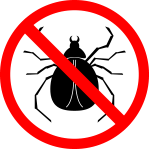
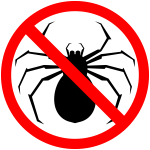
Spiders
- Appearance: Spiders have eight legs with no wings or antennae.
- Habitat: Some spiders like moisture and are found in basements, crawl spaces, and other damp parts of buildings. Others prefer dry, warm areas such as subfloor air vents, upper corners of rooms, and attics.
- Diet: Feed on insects.
- Other:
There are over 15 different types of spiders, including the Tarantula, Black Widow, and House Spider.
Subterranean Termites
- Appearance:
Workers are approximately 1/4-inch long,
- Habitat:
Live in colonies underground, from which they build tunnels in search of food. Subterranean Termites build mud tubes in order to reach food above the ground level. They also are dependent on moisture for survival.
- Diet: Wood and other cellulose material.
- Other:
Subterranean termites cause 95% of all termite damage in North America. Colonies can contain up to one million members.
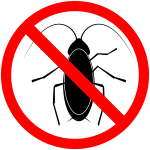

Drywood Termites
- Appearance:
Drywood Termites are larger than subterranean termites, up to 1/2 inch long.
- Habitat:
They create colonies in wood and need very little moisture.
- Diet:
Wood and occasionally other cellulose material.
- Other:
Drywood Termites cause serious damage to structures. They are not as widespread as subterranean termites
Mosquitoes
- Appearance: Mosquitoes vary in size, but are typically smaller than 15mm and have slender bodies and legs.
- Habitat: Mosquitoes prefer stagnant water.
- Diet: Nectar and other plant sugars.
- Other:
Mosquitoes commonly carry diseases such as Malaria, West Nile Virus, and Zika Virus.
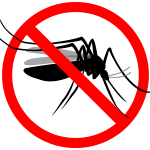
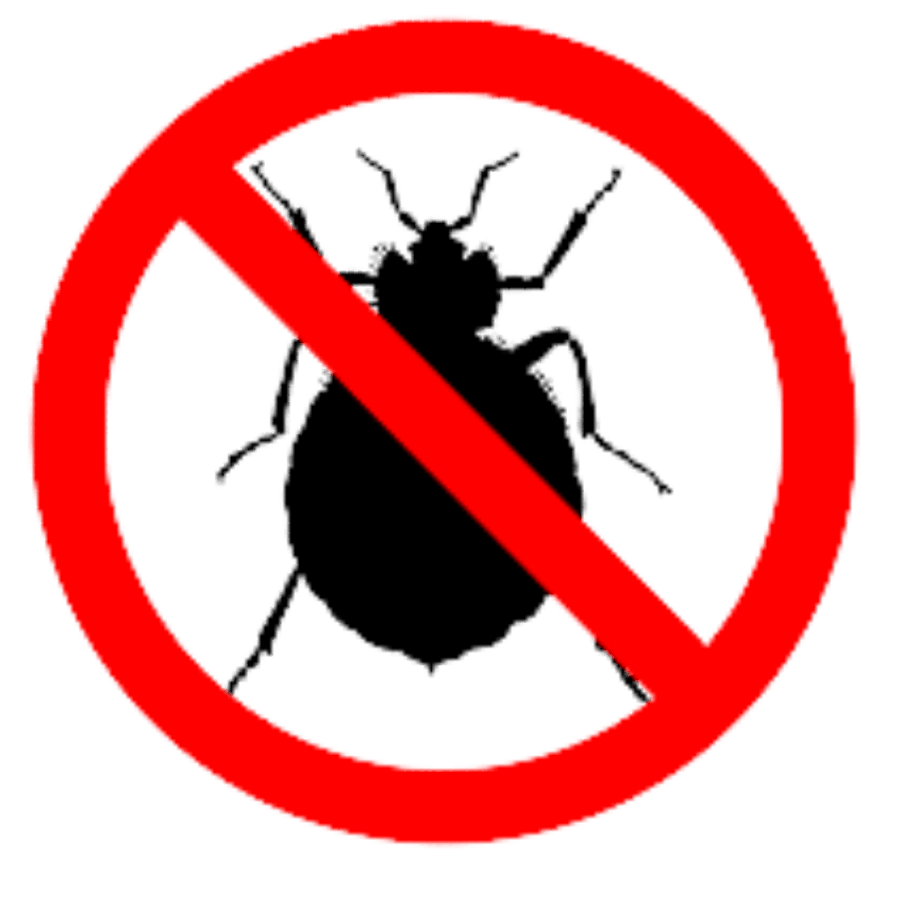
Bed Bugs
- Appearance:
Bed Bugs are long and brown, with flat, oval-shaped bodies and are typically about the size of an apple seed.
- Habitat:
Beds and other places where people sleep
- Diet:
Blood of Humans and other warm-blooded animals
- Other:
Bed Bugs are active mainly at night and usually bite people while they are sleeping.
Fast No Obligation Inspection
Get a FREE Inspection from Piper Pest Control, Inc. with no obligation by calling
(919) 266-9421.
